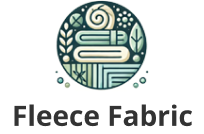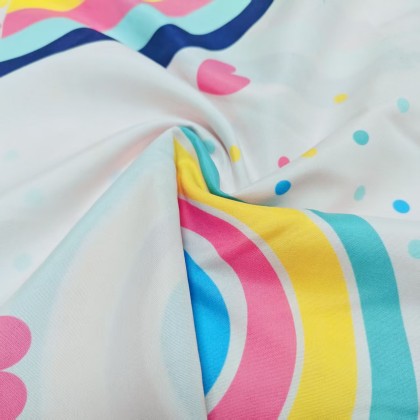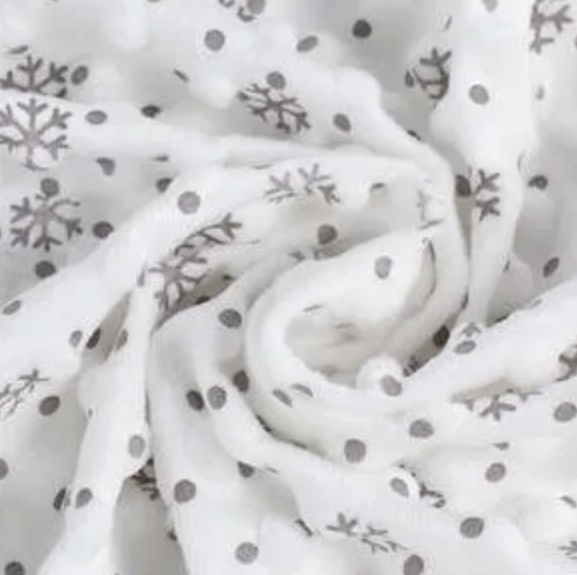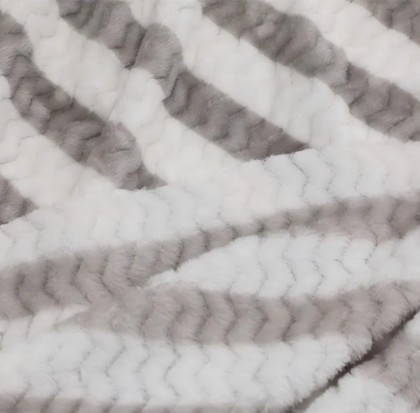Velvet fabric, with its distinctive soft texture and luxurious appearance, has long been celebrated as a symbol of elegance and sophistication. Its unique structure—characterized by a dense, evenly distributed pile that creates a plush surface—has made it a preferred material across diverse industries. From interior design to fashion, automotive upholstery to decorative arts, velvet’s adaptability and timeless appeal ensure its relevance in both functional and aesthetic contexts. This article explores the multifaceted roles of velvet fabric in contemporary life, emphasizing its technical properties, practical uses, enduring popularity.
1. Historical Context and Material Characteristics Velvet’s origins trace back to ancient civilizations, with early examples found in Egyptian tombs and later refined in medieval Europe.
Traditionally woven from silk, modern velvet is produced using a variety of fibers, including cotton, polyester, rayon, and blends, which enhance durability and affordability. The fabric’s signature softness arises from its construction: warp threads are looped over wires during weaving, creating a raised pile that is then sheared to achieve uniformity. This process yields a material with exceptional light absorption and reflection, giving velvet its characteristic rich luster and depth of color. Its ability to retain warmth while remaining breathable further enhances its practicality.
2. Interior Design and Home Décor Velvet’s tactile appeal and visual opulence make it a staple in interior design.
Its applications in home décor include: Upholstery: Velvet-covered furniture, such as sofas, armchairs, and ottomans, adds a touch of luxury to living spaces. The fabric’s durability, when treated with stain-resistant finishes, makes it suitable for high-traffic areas. Curtains and Drapery: Velvet curtains provide excellent insulation, reducing heat loss and noise pollution. Their dense weave also blocks light effectively, making them ideal for bedrooms and theaters. Bedding and Textiles: Velvet throw pillows, blankets, and bedspreads introduce texture and warmth to bedrooms. The fabric’s softness enhances comfort while its aesthetic versatility complements various design styles, from classic to contemporary. Wall Coverings: Velvet panels or upholstered walls are increasingly used in high-end interiors to create acoustically dampened, visually striking environments.
3. Fashion and Apparel
In the fashion industry, velvet has maintained its status as a fabric of choice for both formal and avant-garde designs: Evening Wear: Velvet’s luxurious drape and sheen make it ideal for gowns, tuxedos, and cocktail dresses. Designers often use silk or synthetic velvets to balance elegance with ease of care. Accessories: Velvet is employed in hats, gloves, handbags, and shoes, offering a tactile contrast to other materials. Velvet ribbons and hair accessories remain popular for their vintage charm. Seasonal Apparel: Velvet’s insulating properties make it suitable for autumn and winter garments, such as blazers, skirts, and scarves. Stretch velvet blends have expanded its use in form-fitting attire. Cultural and Ceremonial Attire: Velvet is frequently used in religious vestments, royal robes, and theatrical costumes, symbolizing prestige and tradition.
4. Automotive and Transportation
The automotive industry leverages velvet’s comfort and aesthetic qualities for premium interiors: Seat Upholstery: Velvet or velour fabrics are used in luxury vehicles to enhance passenger comfort. The material’s resistance to abrasion and fading ensures longevity. Headliners and Trim: Velvet accents on ceilings, door panels, and armrests contribute to a refined cabin atmosphere. Aircraft and Yacht Interiors: High-end transportation sectors utilize velvet for seating and decorative elements, aligning with their emphasis on exclusivity.
5. Decorative and Functional Objects
Beyond textiles, velvet finds innovative applications in everyday items: Jewelry and Watch Liners: Velvet-lined cases protect delicate items from scratches while adding a touch of sophistication. Bookbinding and Packaging: Velvet-covered boxes or book spines are used for premium packaging and limited-edition publications. Acoustic Panels: Velvet’s sound-absorbing properties make it suitable for recording studios and home theaters. Tech Accessories: Velvet sleeves for laptops, tablets, and smartphones combine practicality with style.
6. Care and Maintenance
Proper care is essential to preserve velvet’s appearance. Regular vacuuming or gentle brushing removes dust, while professional cleaning is recommended for stains. Avoiding prolonged sunlight exposure prevents fading. Innovations in stain-resistant and antimicrobial treatments have further simplified maintenance, broadening velvet’s usability in modern settings.
7. Sustainability and Future
Trends As sustainability gains prominence, manufacturers are exploring eco-friendly velvet alternatives, such as recycled polyester and organic cotton velvets. Digital printing techniques reduce water consumption in dyeing processes, while biodegradable blends address environmental concerns. Additionally, technological advancements in textile engineering are enhancing velvet’s performance attributes, such as moisture-wicking and flame resistance, ensuring its continued relevance in evolving markets.
결론
Velvet fabric’s enduring popularity stems from its unique combination of aesthetic allure and functional versatility. Its applications span centuries and industries, adapting to technological advancements and shifting consumer preferences. Whether as a statement piece in haute couture, a cornerstone of interior design, or an innovative material in tech and transportation, velvet remains synonymous with luxury and adaptability. As sustainability and innovation drive textile development, velvet is poised to retain its status as a timeless, multifaceted material in everyday life.




